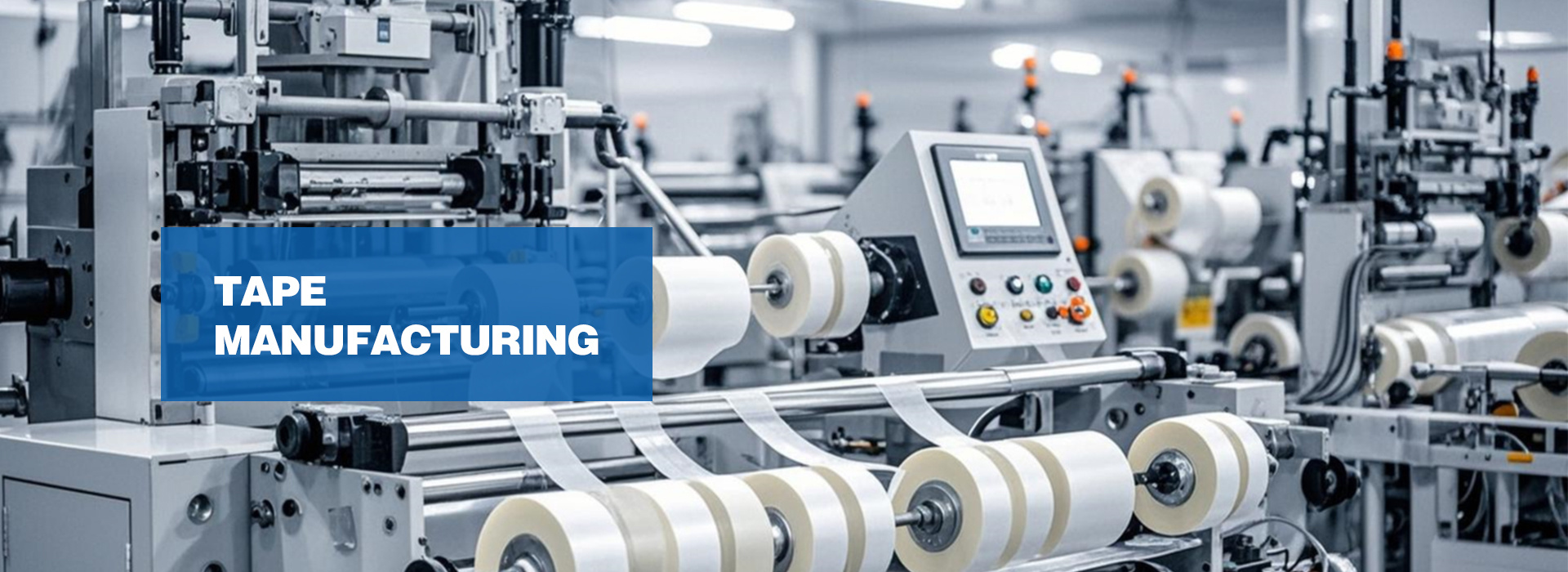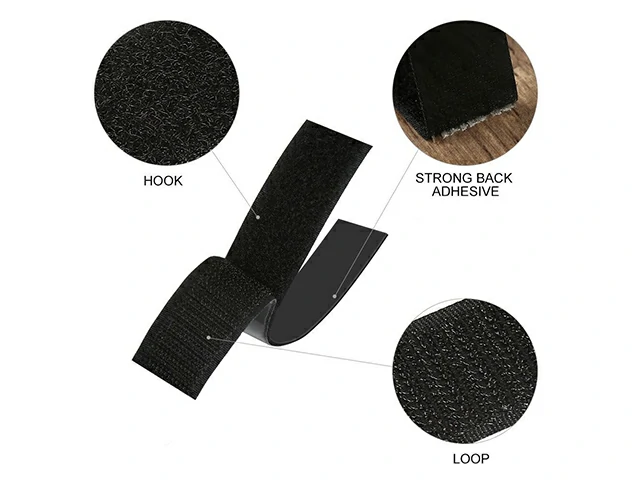Pros and Cons of Self-Adhesive Hook and Loop Cable Ties
In a world where cable management is key to efficiency and safety—whether in industrial settings, data centers, or home offices—self-adhesive hook and loop cable ties have become a popular go-to solution. These reusable fasteners combine the flexibility of hook and loop systems with the convenience of an adhesive backing, offering a versatile way to secure cables, wires, and small components.
But do they always live up to the hype? At Abendo, we work with many customers across industries who use these ties regularly. Based on what we've seen, here's a balanced look at the pros and cons of this increasingly popular cable management solution.
Pros of Self-Adhesive Hook and Loop Cable Ties
1. Reusable & Adjustable
Unlike traditional zip ties, these can be repositioned and reused without damaging cables. This makes them ideal for environments where systems are updated frequently.
2. Tool-Free Application
No need for scissors, crimpers, or cutters. They can be applied by hand, saving time and reducing installation costs.
3. Surface Mount Flexibility
The adhesive backing allows you to mount them on flat surfaces like server racks, walls, or desks—a neat way to guide and organize cables.
4. Non-Damaging to Cables
Hook and loop ties don't cinch too tightly or cut into the cable jacket, which helps preserve the lifespan of sensitive wiring, especially in data or audio/visual systems.
5. Neat Aesthetic & Easy Identification
They make for a cleaner look compared to messy cable bunches or tangled wires. Colored options can also help with cable identification.
Cons of Self-Adhesive Hook and Loop Cable Ties
1. Adhesive Limitations
While convenient, the adhesive backing may weaken over time—especially on dusty, oily, or uneven surfaces. In high-humidity or high-temperature environments, performance can drop.
2. Not for Heavy Loads
They're great for organizing light to medium cable bundles but may not support heavy industrial cabling or large conduits without sagging or detachment.
3. Wear Over Time
The hook and loop material can lose grip with frequent reuse or exposure to dirt and debris. After dozens of reattachments, they may not hold as securely.
4. Aesthetic Degradation
In long-term or high-traffic applications, adhesive pads may collect dust or peel at the edges, making installations look worn or unprofessional over time.
Abendo's Take: A Useful Tool—When Used Wisely
At Abendo, we believe self-adhesive hook and loop ties are best deployed in semi-permanent installations where cables may need to be updated but don’t require heavy-duty restraint. They excel in structured, indoor environments like server rooms, office desks, or AV control panels.
For harsher conditions or heavier loads, we usually recommend combining them with mechanical fasteners or selecting industrial-grade adhesive-backed mounts rated for the environment.
Final Thoughts
Self-adhesive hook and loop cable ties offer a clever, reusable, and clean solution to everyday cable chaos. While not perfect for every scenario, they shine in low-stress, indoor applications and help teams save time and preserve cable integrity.
Looking for a custom solution or heavy-duty variation? Abendo can help you match the right fastening system to your needs.
Explore Cable Management Solutions with Abendo
Smart fastening. Clean results.
Keyword:
self-adhesive cable ties,velcro cable ties,adhesive cable mounting solutions
RELATED NEWS




